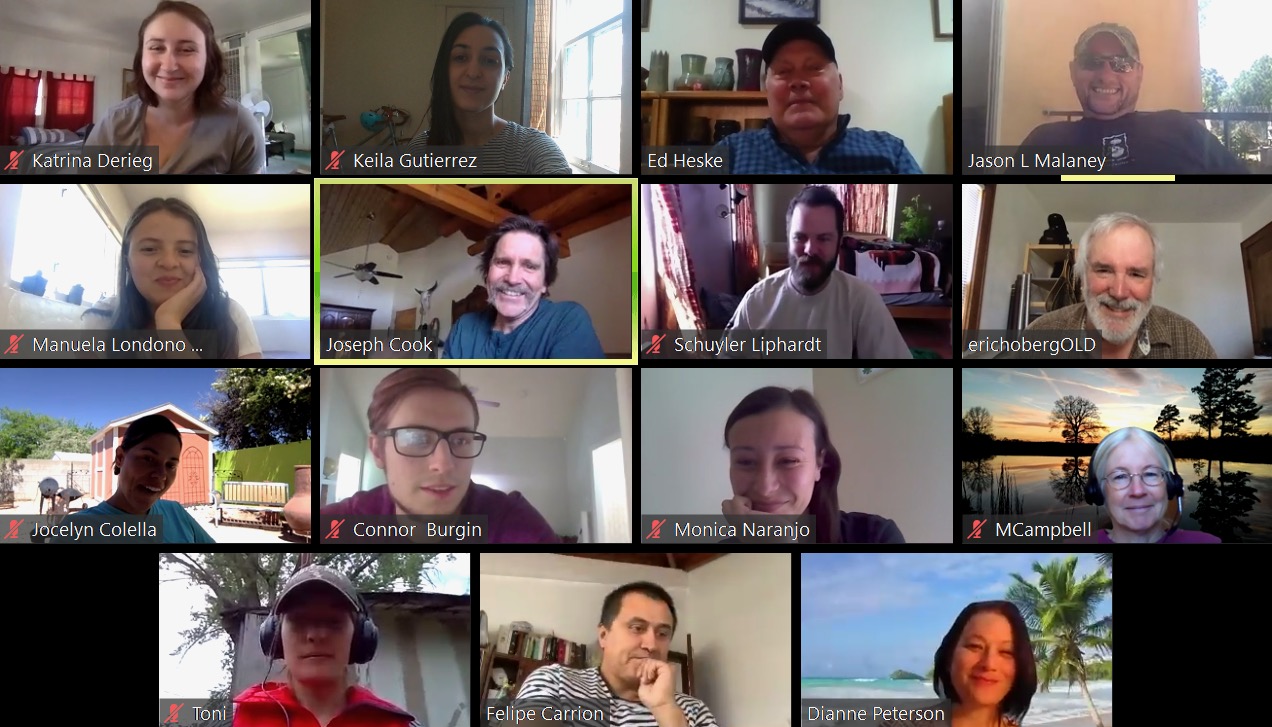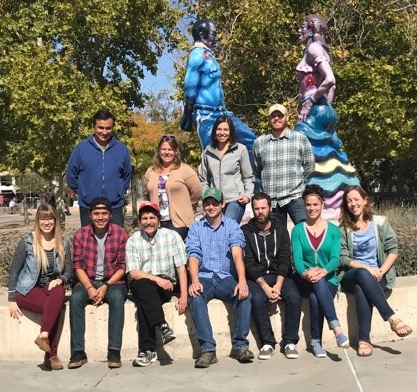Cook Molecular Evolution and Ecology Lab
 |
Research Focus: Joseph A. Cook, Ph.D |
Conservation Genetics, Demography and Comparative Phylogeography
We are investigating molecular variation across >20 mammals of the North American West. Our investigations of mitochondrial and nuclear DNA sequence variation have revealed a complex history of population expansion and colonization from multiple glacial refugia during the Holocene. Repeated spatial and temporal patterns of lineage divergence within species reflects the common signature of climate change on structuring genetic variation and may also indicate the long-term association and persistence of communities across dynamic geologic events such as glacial advances. We are especially focused on mammals that are endemic to island archipelagos along the North Pacific Coast of Alaska (Alexander Archipelago and Aleutian Islands).
Molecular Evolution and Speciation in South American Vertebrates
This project stems from my doctoral dissertation on chromosomal evolution and speciation in the South American tuco-tuco (Rodentia: genus Ctenomys), the most chromosomally-variable mammalian genus known (2n = 10-70). We are collaborating with Enrique Lessa (Uruguay) and Guillermo D'Elia and Juan Opaso (Universidad Austral, Valdivia) to compare and contrast genomic variation, ranging from population to interspecific comparisons. Using a phylogenetic framework, we are now exploring evolutionary rate and rhythm within and among species.
Beringia Coevolution Project
Beringia (a large Pleistocene refugium) and the Bering Land Bridge or “Crossroads of the Northern Continents” have become a third major focus of our molecular genetic work. Along with Eric Hoberg (USDA National Parasite Lab), Vasyl Tkach (University of North Dakota), Heikki Henttonen & colleagues (Finnish Forest Research Institute), Nikolai Dokuchaev and Anatoli Lazhutkin (Russian Academy of Sciences, Magadan), Andrew Hope (Kansas State University), Sandy Talbot (USGS, Anchorage), Kurt Galbreath (Norhtern MIchigan University), and others, we are examining diversification of host/parasite coevolutionary systems in Beringia. Presumably, genetic and morphologic variation has been influenced by the repeated inundation of the Bering Land Bridge and separation of the Beringian fauna from other continental faunas (e.g. high latitude endemics). Intriguing developments in coalescent theory (and application) provide opportunities to test ideas related to co-differentiation of hosts and parasites, faunal interchange among continents, and colonization dynamics. Climate change is radically shifting species distributions at high latitudes and this research is providing the historical and contemporary framework necessary to interpret the scale and impact of these changes on Alaska and Siberia’s incomparable fauna.
 2016 - University of New Mexico
|
 2014 - University of New Mexico |

